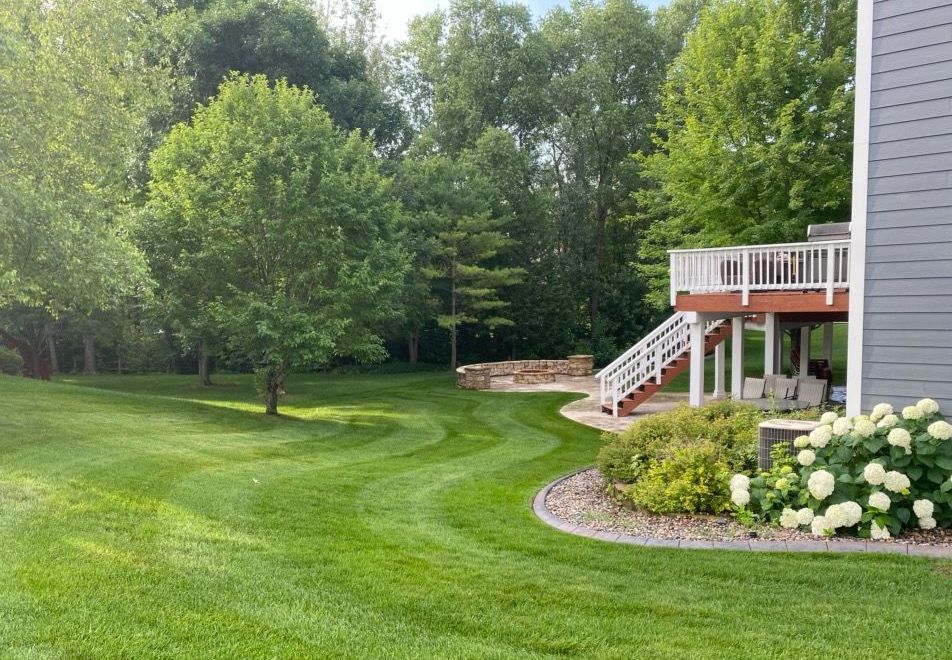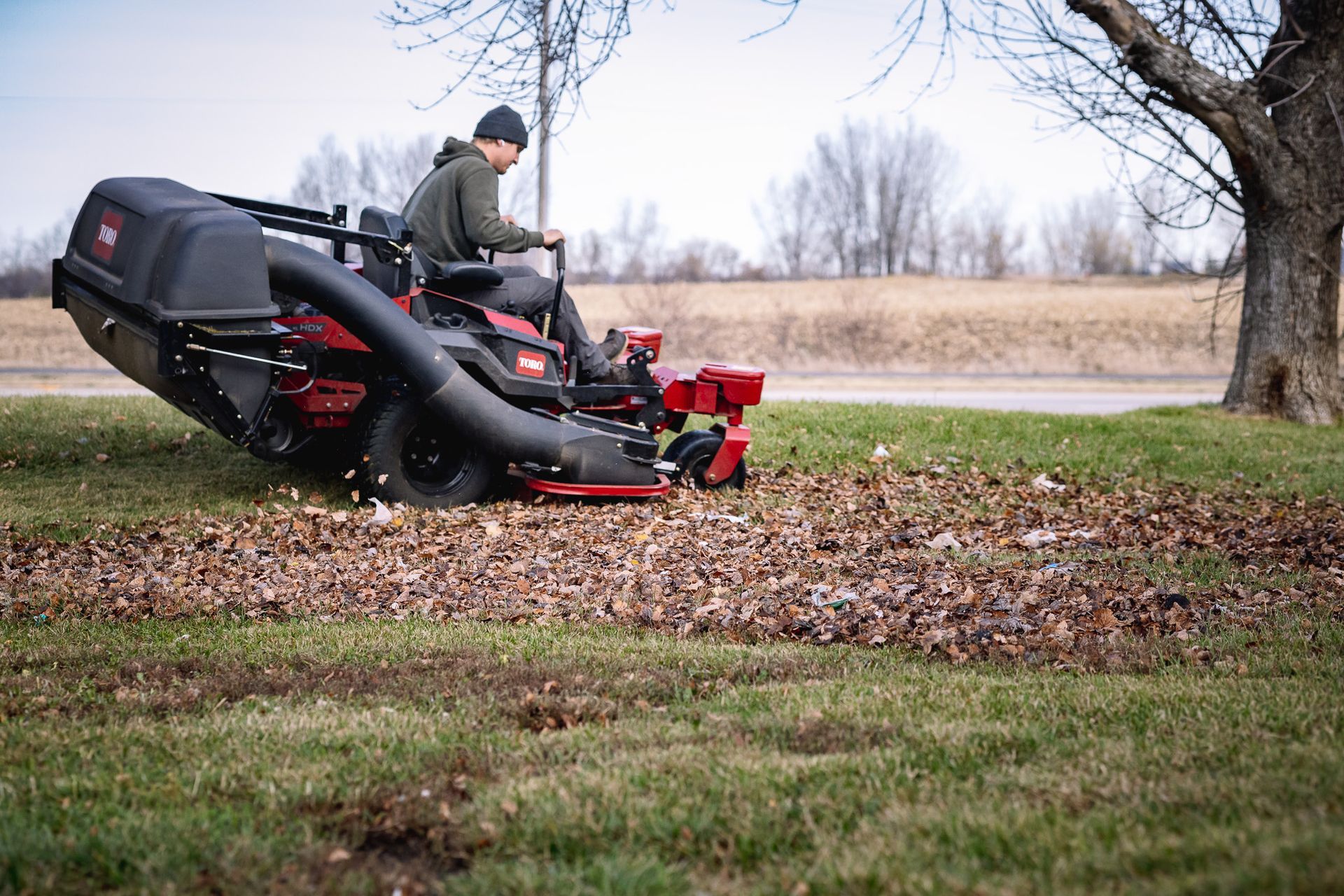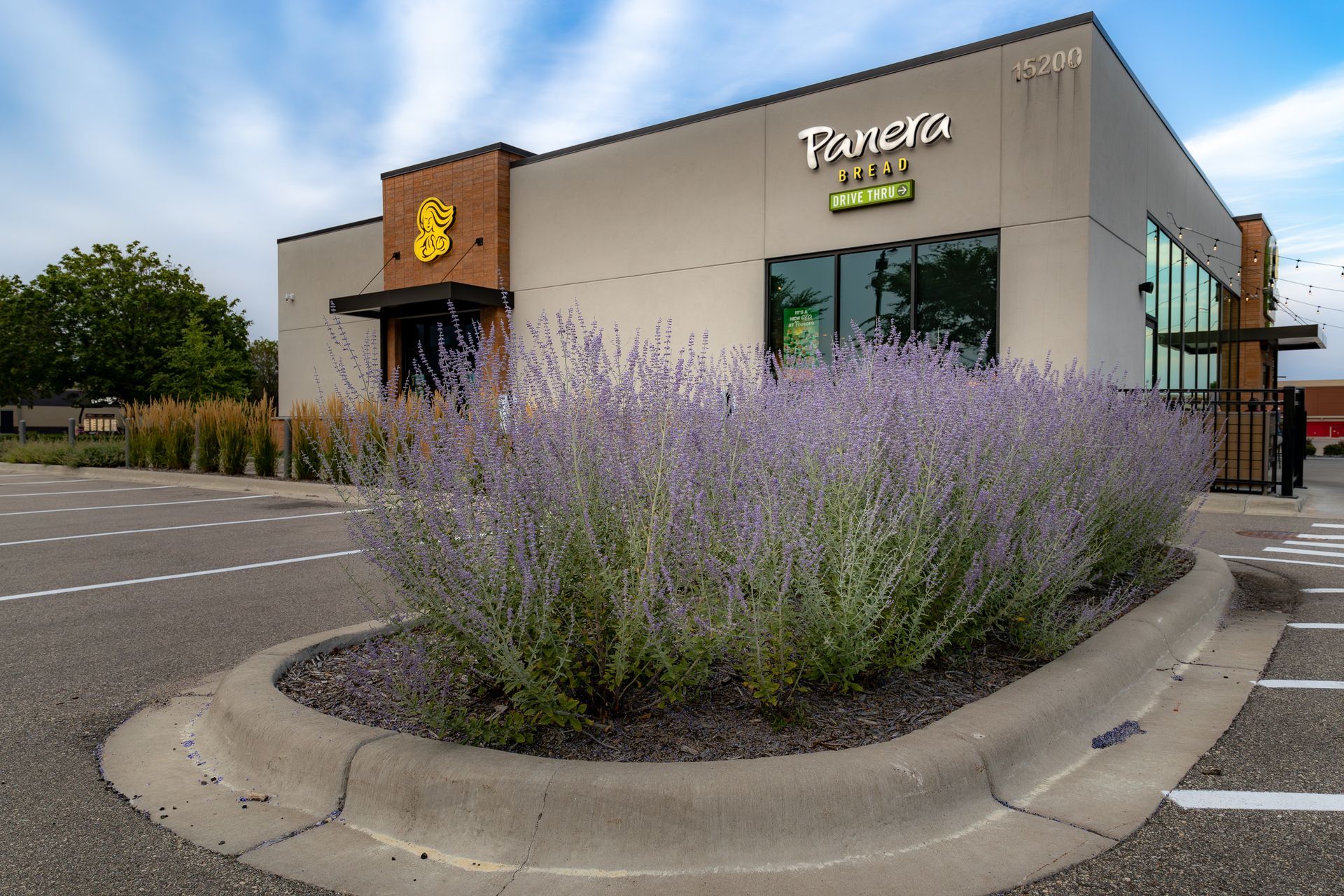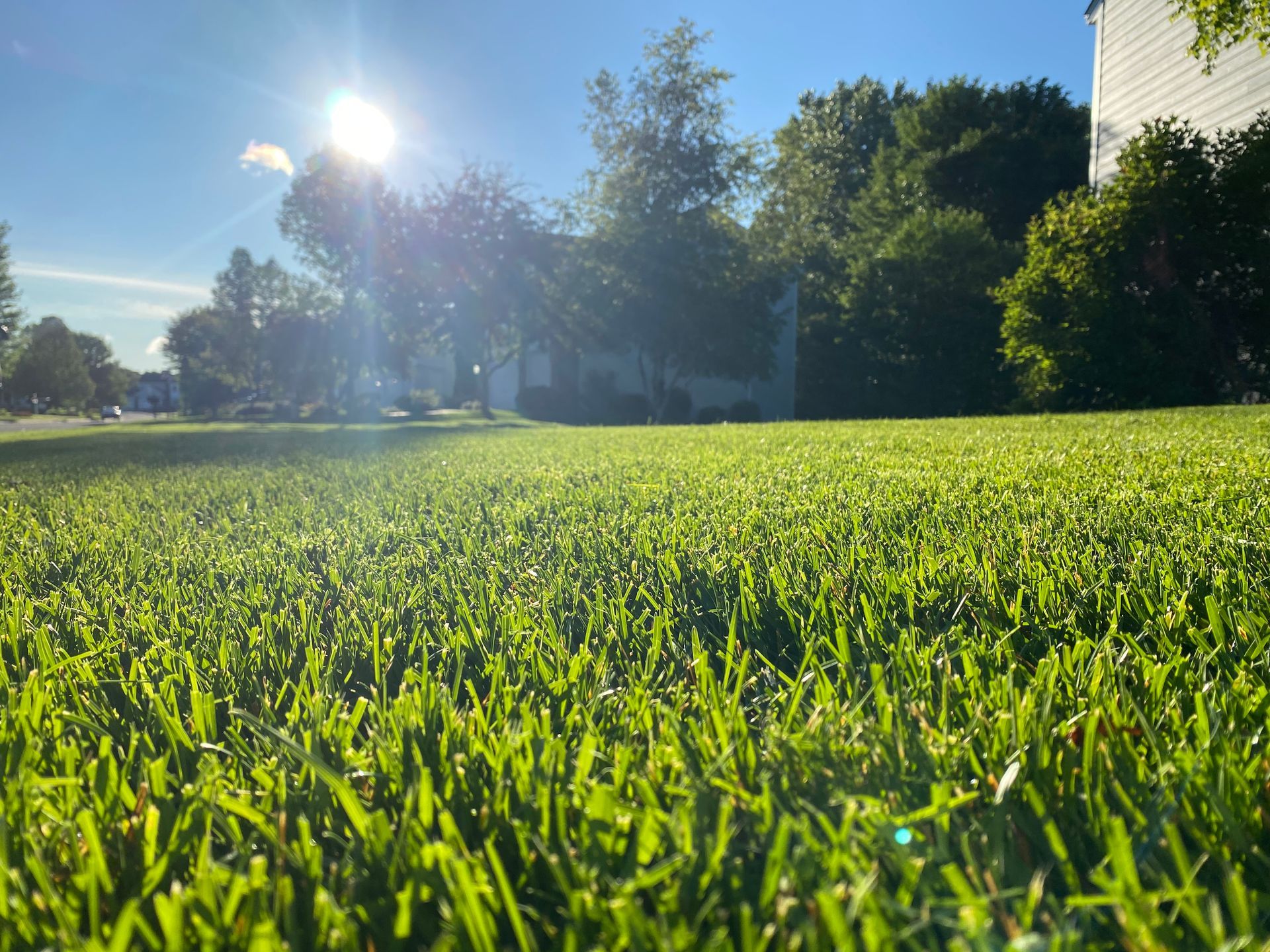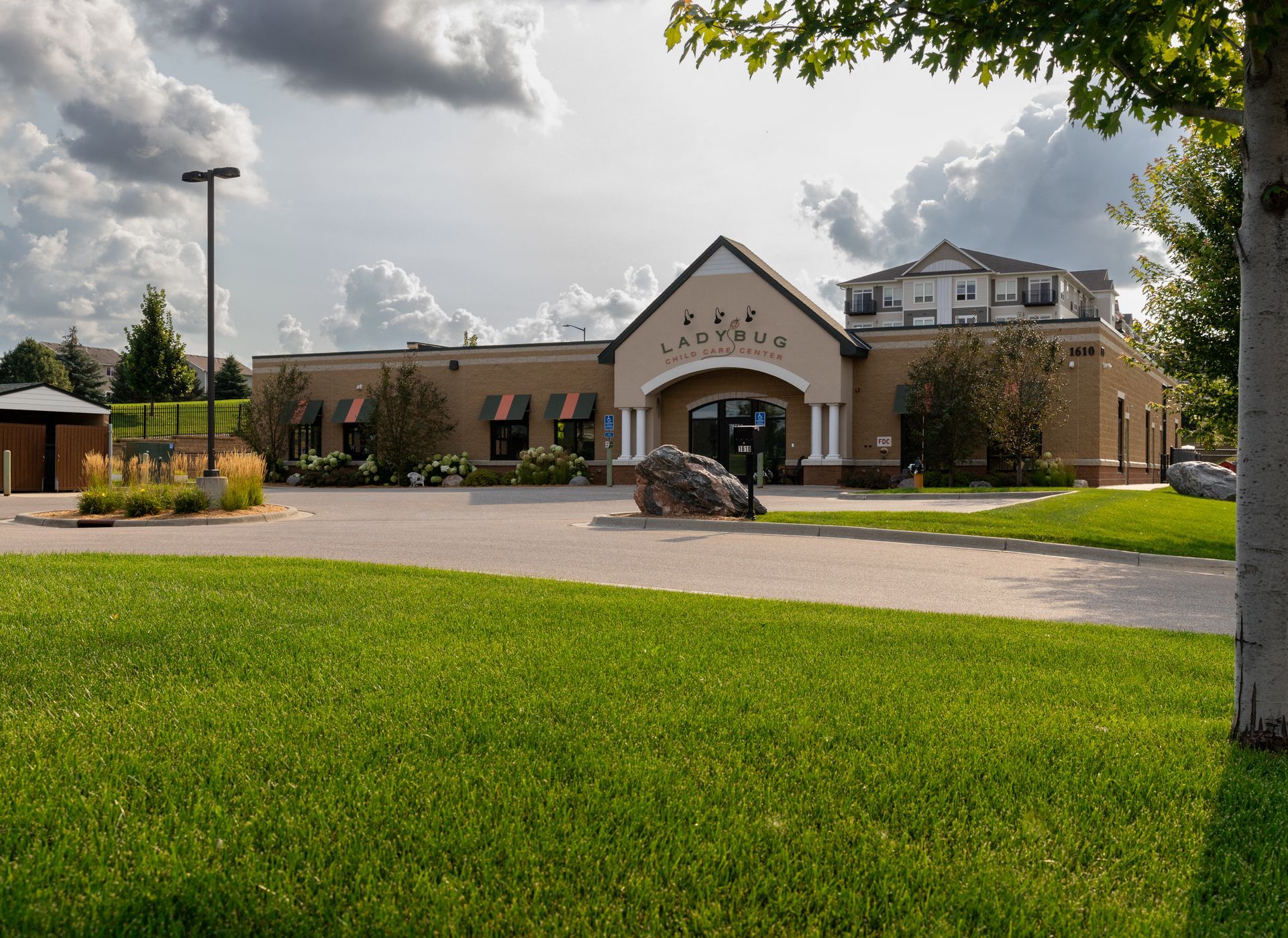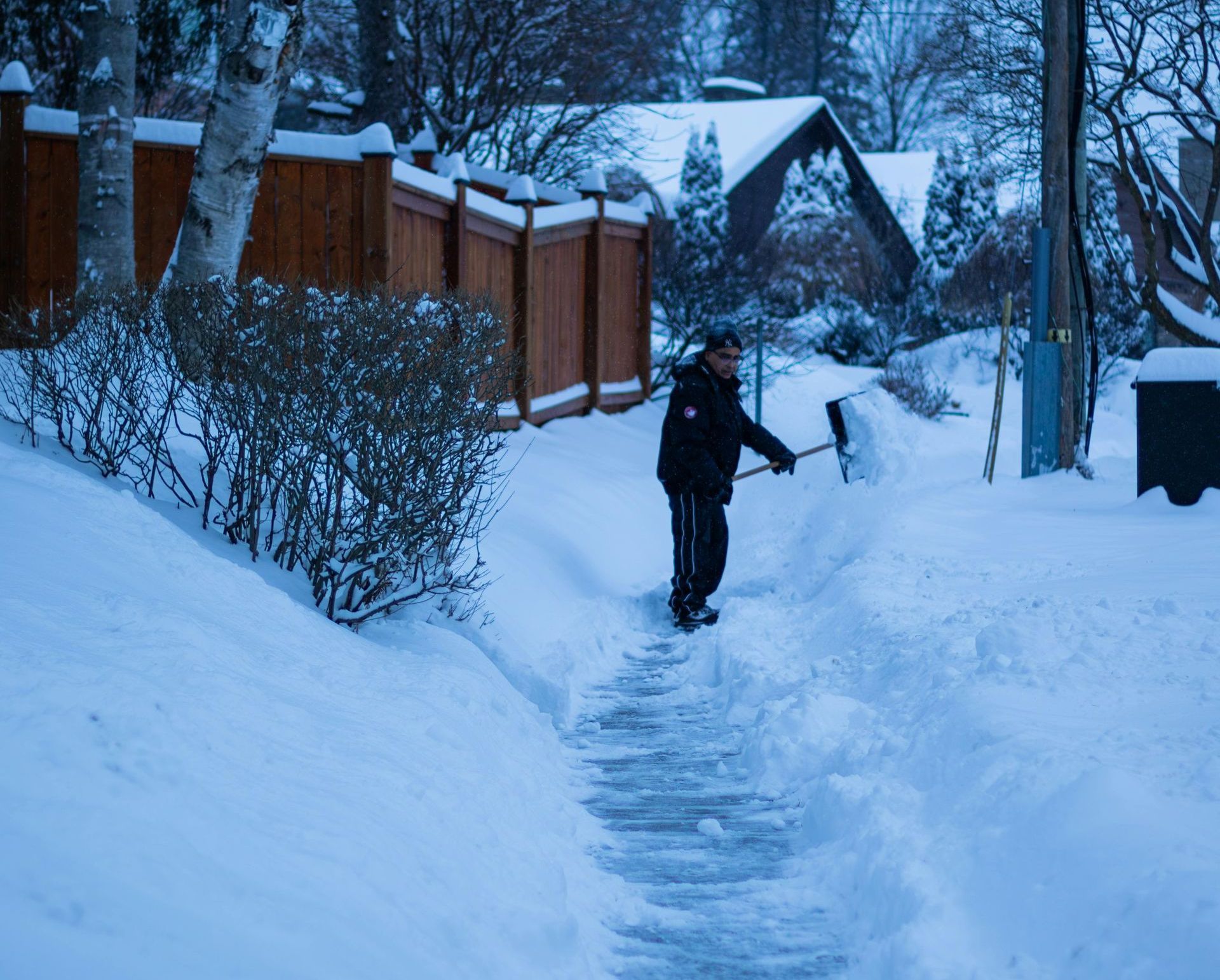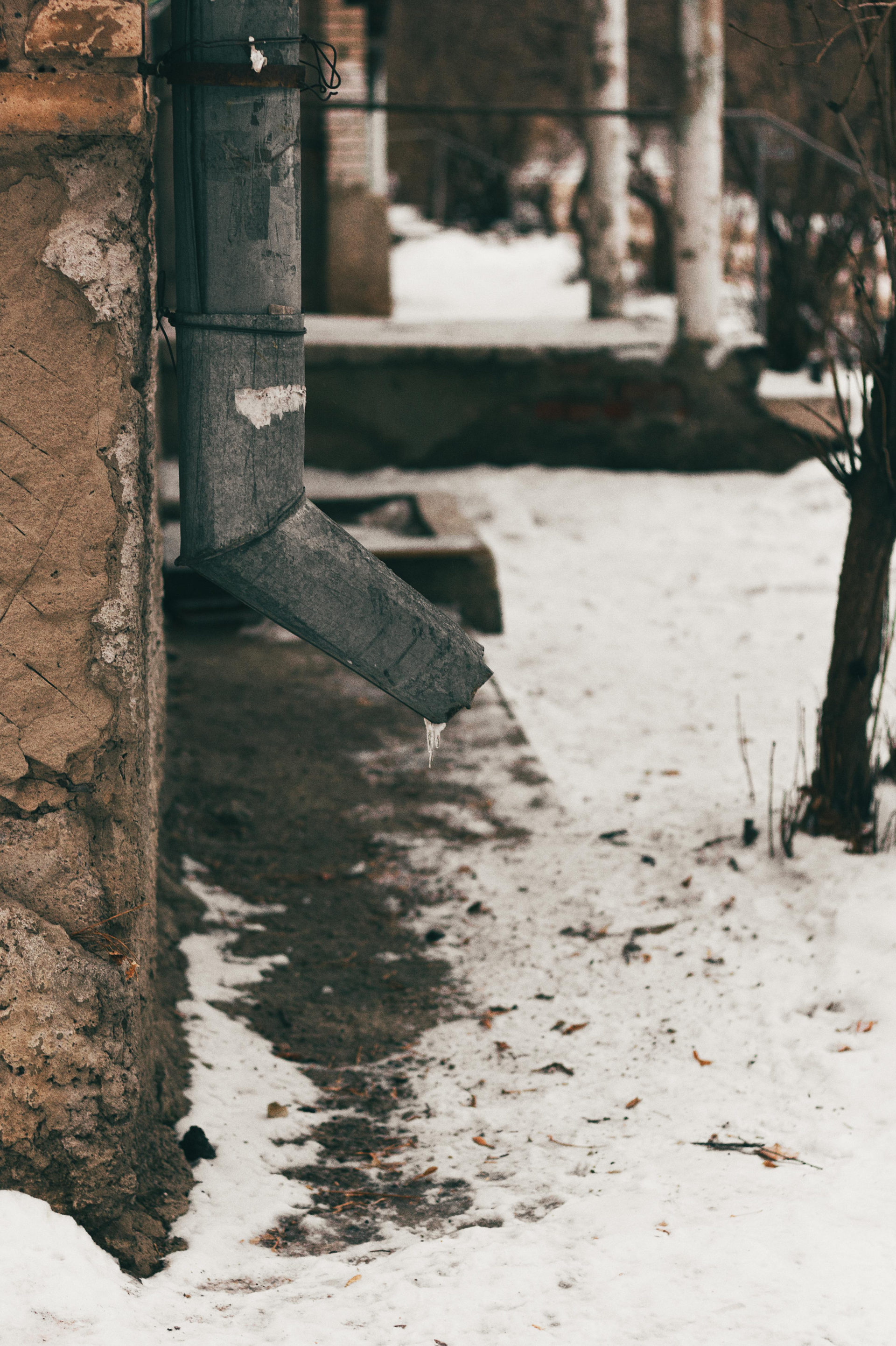Preparing Your Lawn for Fall: Aerating, Overseeding, and More
Fall is one of the most important—and often overlooked—seasons when it comes to lawn care.
1. Start with Core Aeration
Over the course of summer, soil becomes compacted from foot traffic, heat, and weekly mowing. Core aeration helps relieve this compaction by pulling small plugs from the soil, allowing air, water, and nutrients to reach the root zone. It’s one of the best things you can do to improve your lawn’s overall health and resilience.
Pro tip: Aerate when the soil is moist—but not soggy—for best results. In Minnesota, late August through early October is the ideal window.
2. Follow Up with Overseeding
Aeration creates the perfect conditions for overseeding. By spreading new grass seed right after aerating, you improve seed-to-soil contact and increase the likelihood of successful germination.
Choose a seed blend that matches your existing turf type—or ask us for a recommendation. Overseeding in the fall helps fill in bare patches, improve thickness, and introduce more resilient grass varieties into your lawn.
3. Fertilize for Strong Root Growth
Fall is not the time to back off fertilizing—in fact, applying a slow-release fertilizer now helps boost root development and prepares your lawn for the stresses of winter.
Look for a product with higher nitrogen and potassium content. Nitrogen promotes growth and color, while potassium strengthens the plant against cold and disease.
4. Keep Mowing—But Adjust Your Height
Don’t put the mower away just yet! Continue mowing until your grass stops growing, but raise your mower blade slightly during the fall. Taller grass provides insulation for the roots and shades out weeds.
Avoid cutting more than one-third of the blade height at once, and always use sharp blades to reduce stress on your turf.
5. Remove Leaves and Debris Promptly
A layer of fallen leaves might look picturesque, but it can quickly smother your grass and invite fungal diseases. Keep your lawn clean with regular raking or mulching, especially after heavy wind or rain.
6. Consider Dethatching if Needed
If your lawn feels spongy or you see a thick layer of brown material at the base of the grass, it might be time to dethatch. Thatch buildup can prevent water and nutrients from reaching the soil. Fall is a great time to address this, especially if you plan to overseed afterward.
Ready to Prep Your Lawn for Fall?
At The Grounds Crew, we specialize in aeration, overseeding, fertilization, dethatching, and seasonal clean-ups. Whether you need a one-time service or a complete fall lawn care plan, our team is here to help your lawn thrive—this season and next.
Contact us today to schedule your fall lawn services and beat the first frost!
